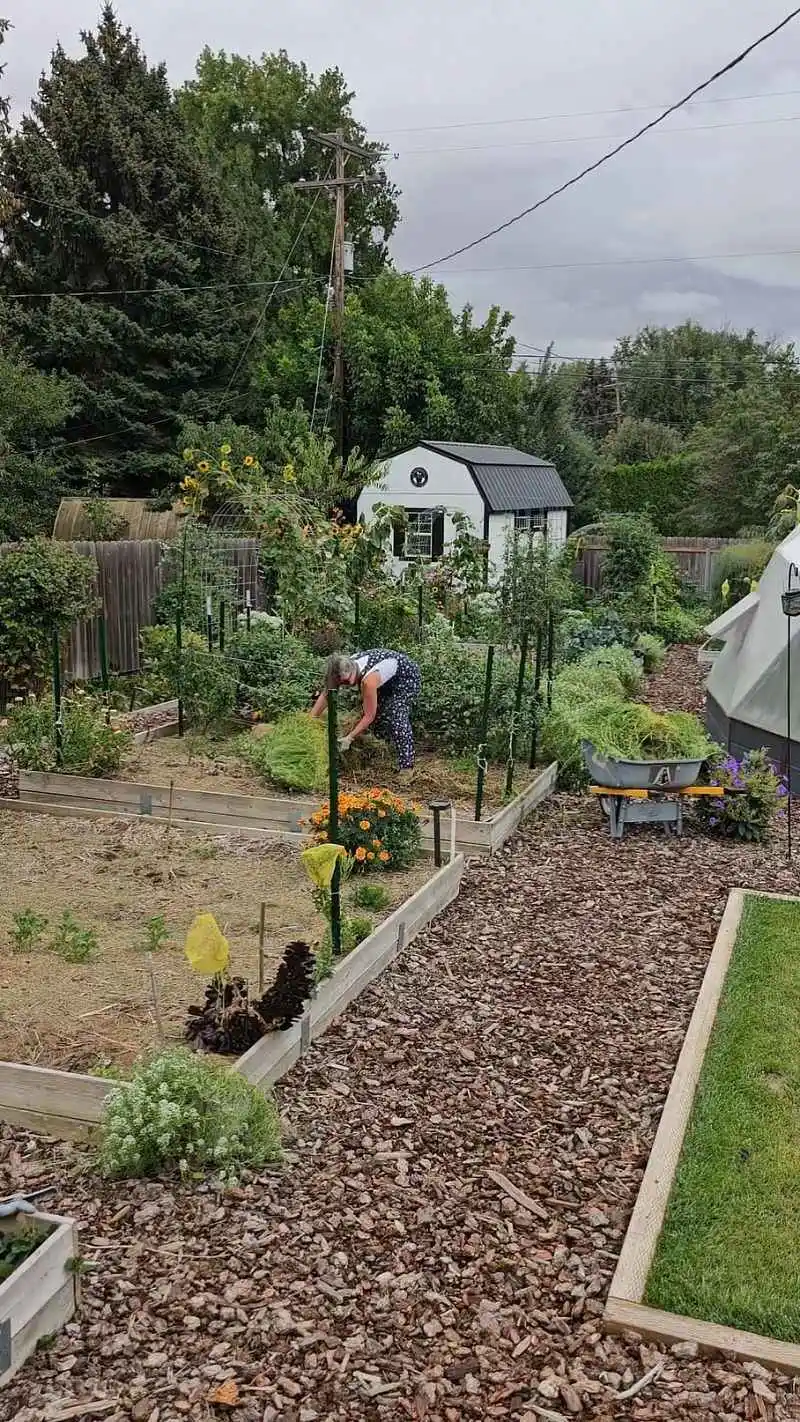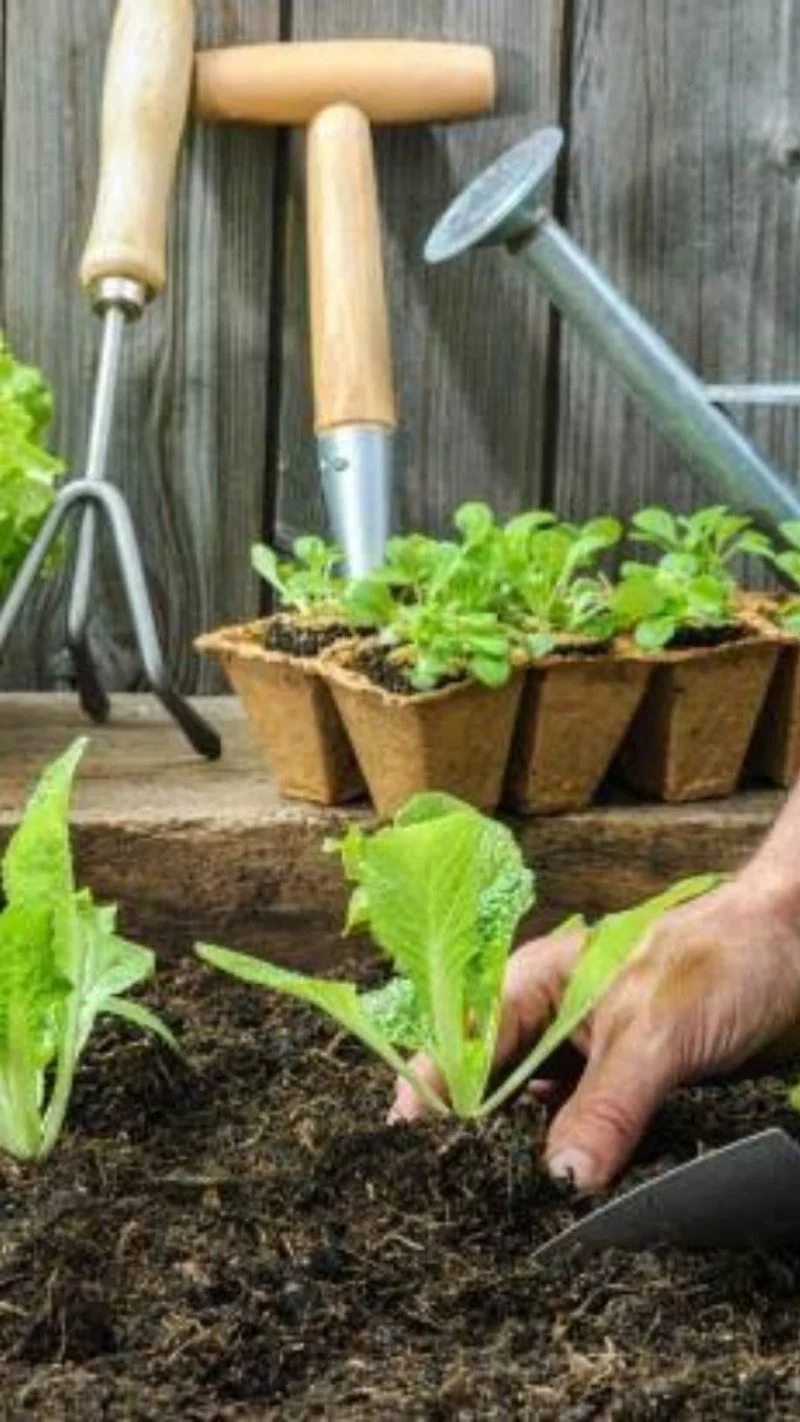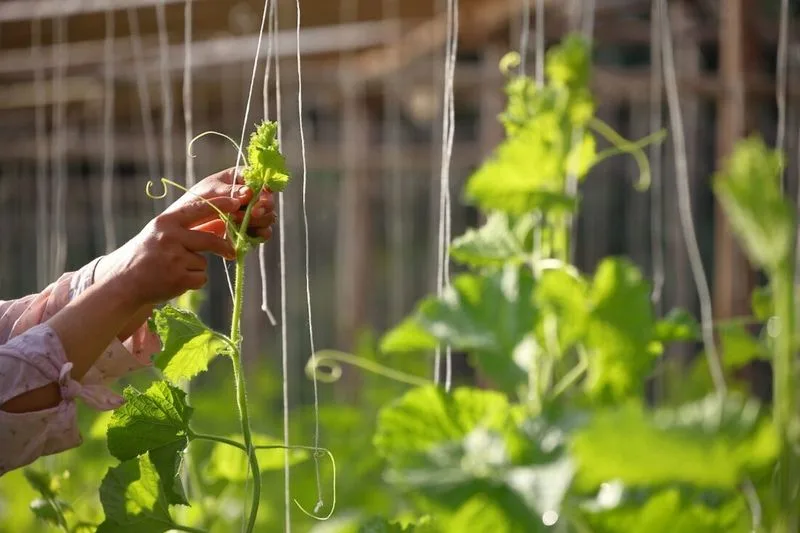It sounded counterintuitive—intentionally skipping a year for certain plants, even when they looked healthy and productive. But when I started giving each perennial or long-term crop a “rest year”, something surprising happened: the yields actually improved.
By letting certain plants focus on root strength, recovery, and soil connection, rather than constant output, they returned the following season stronger, more resilient, and less prone to pests and disease.
In this article, I share how I designed a rotational rest system, why skipping a season isn’t the same as neglect, and how strategic pauses led to deeper growth, richer harvests, and a healthier ecosystem all around.
Revitalized Soil Health

In the garden, rich soil is a treasure. By letting plants rest, the soil had time to heal, breathe, and regain nutrients lost during constant cultivation. This period of pause allowed beneficial microorganisms to flourish, creating a vibrant and nutrient-rich foundation. These microorganisms, often unseen, play a vital role in breaking down organic matter. Their presence ensures that plants have access to the essential nutrients necessary for growth. As the soil rejuvenated, it became a fertile ground for future planting.
Increased Plant Resilience

Pausing the growth cycle can lead to stronger plants. During the rest year, plants develop deeper root systems. This adaptation helps them access water and nutrients more effectively. Deeper roots also mean better anchoring, reducing the likelihood of plants being uprooted by strong winds. This natural strengthening process results in plants that are more resistant to diseases and pests. The resilience developed during rest periods becomes evident, as plants stand tall and healthy against the elements.
Enhanced Biodiversity

When plants take a break, other species thrive. A rest year encourages a more diverse ecosystem. This diversity includes beneficial insects, birds, and other wildlife that contribute to a balanced environment. During this period, flowering plants can attract pollinators, enhancing the overall health of the garden. The presence of varied species creates a natural pest control system, reducing the need for chemical interventions. This harmonious coexistence leads to a vibrant and lively garden.
Reduced Maintenance Efforts

Taking a step back can lighten the workload. With plants in rest mode, the daily tasks that usually consume time are minimized. Weeding, watering, and pest management become less demanding. This reduction in effort allows gardeners to focus on planning and enjoying their green space. The garden becomes a place of relaxation rather than constant labor, offering a chance to connect with nature on a different level. Embracing this ease of maintenance is liberating.
Improved Yield Quality

Quality over quantity is a rewarding principle. After a rest year, the plants produced yields that boasted superior taste and nutritional value. With the rejuvenation period behind them, plants had renewed energy to devote to fruit production. This energy translated into bountiful harvests with vibrant colors and rich flavors. Gardeners often find that these improved yields offer a taste experience unparalleled by previous harvests, making the wait worthwhile.

